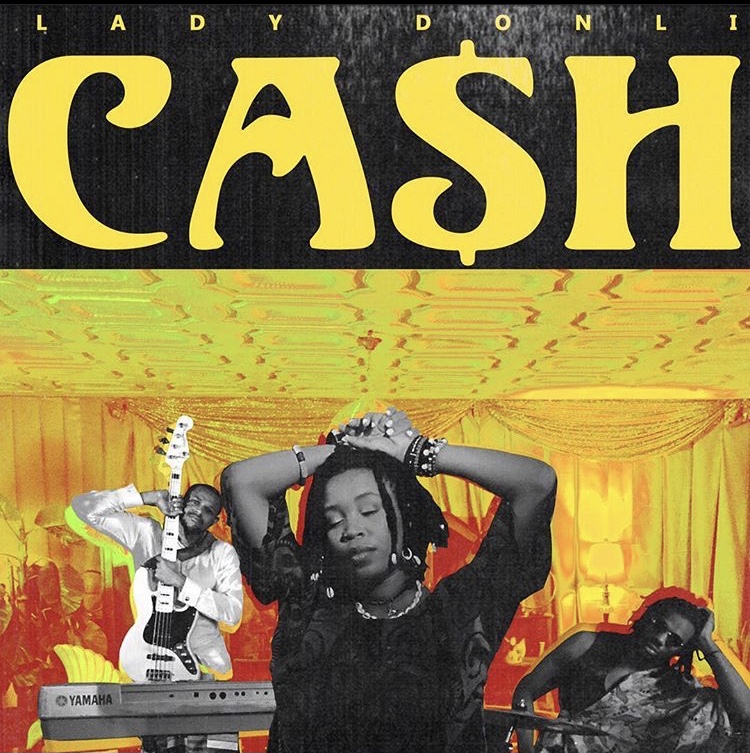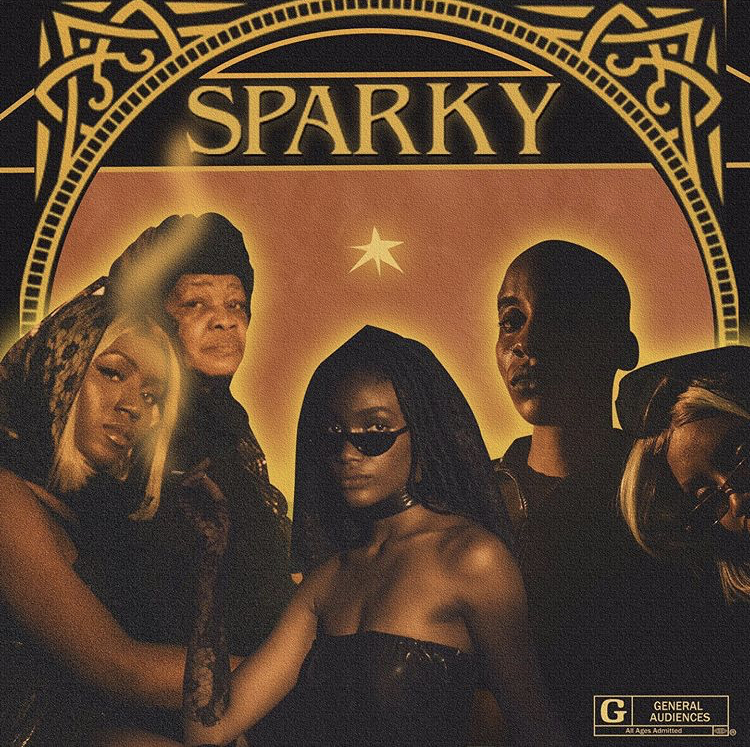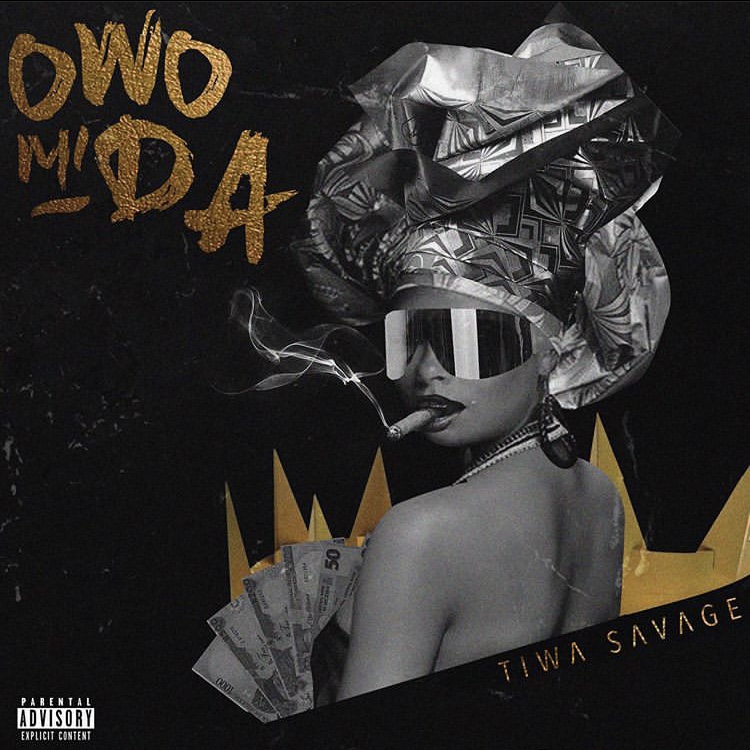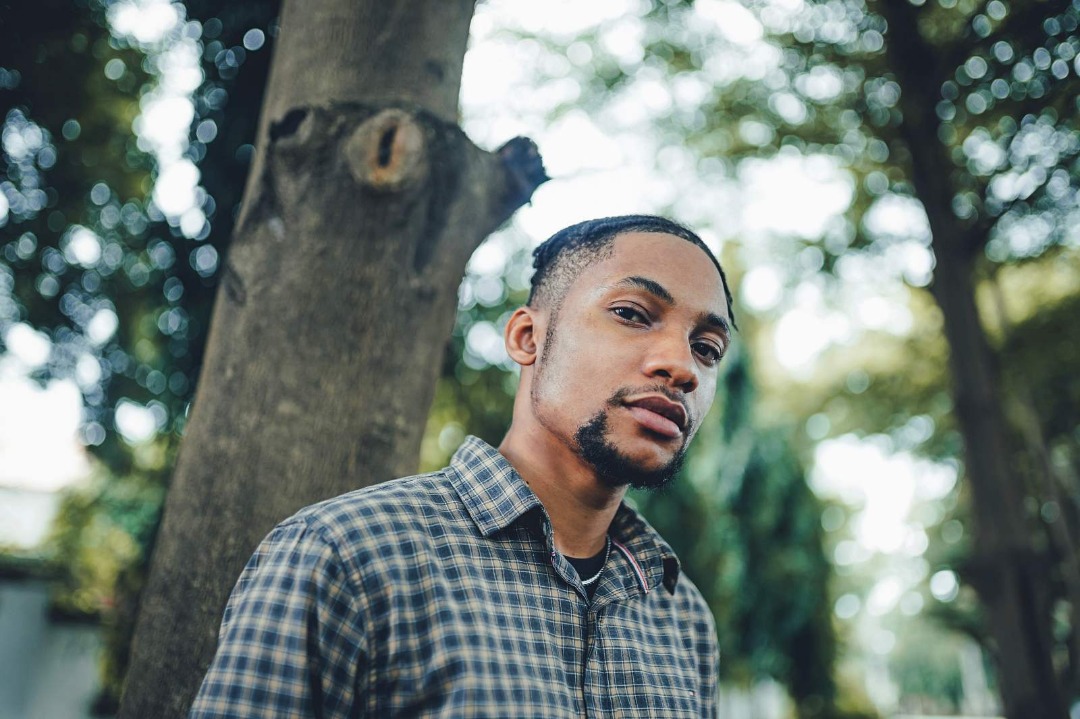“Music is not just an auditory experience. It is a sensory affair which triggers all kinds of feelings and emotions.”
That is a pretty accurate way to describe it. For as long as the human race can remember, a piece of music feels rather incomplete without a depiction on the sleeve of its packaging. Whether it is intended to pass a message, give a bit of insight into parts of a project, or even for the sole purpose of identification, music artwork has always been just as important as the sonic content itself.
Admit it: we have all ignored a song or an album simply because the cover art didn’t appeal to us. Like conventional paintings, music artwork is designed specifically to immerse you into the artist’s mindstate, providing you with a mental and visual guide of the artist’s direction and aesthetic. Similar to other art forms, music has a soul, and the accompanying depiction on its sleeve serves as a medium through which the listeners interact with that soul.
So, it is no surprise when an artist goes the extra mile to create an accurate depiction of his vision, like Tame Impala’s Kevin Parker did when he traveled with photographer Neil Krug to shoot the cover of The Slow Rush in Kolmanskop, Namibia. Its distant, otherworldly feel gives the listener the impression that they are about to embark on a psychedelic journey; this becomes evident from the first track on Parker’s synth-heavy, time-centered masterpiece.
And as the world continues to make significant strides in the advancement of the current digital age, the idea of not “judging a book by its cover” has become outdated — nothing sells more than a solid first impression.
This shift in mindset has been recognized and internalized by members of the new generation creative scene in Nigeria. Through digital art and graphic design, there has been a recent revitalization of the aesthetic of Nigerian music as a whole; giving befitting representations of the amazing stories that we tell, and great music that we make.
At the front of this shift is artist and graphic designer Rozaythavillain, who brings the Nigerian pop culture scene to life through his technique of collaging and imaginative designs. When he is not creating artwork for some of the finest artists in Nigeria’s mainstream and alté scenes, he is making music under the mononym Ross.
In his interview with RADR Africa, Ross took us through his 7-year journey as a creative, juggling two art forms, his work with Santi for Mandy and The Jungle, as well as his hope for the future of Nigeria’s creative scene.
RADR: Okay, so let’s start with how long you’ve been in this as a creative. I saw somewhere that it’s been seven years?
Ross: That’s right. Started sometime in 2013. I started making music first though. Designing came after the music.
But right now, designing is what’s really kicking off. You’re working with talented artists and your work is really going places.
I didn’t know it’d actually go this far. I started designing for myself; since I make music I decided to design my own artwork. Along the line, people started asking who my designer was, and it just happened from there.

Sometimes, it’s where we least expect to blow that we do. How do you balance making music and artwork though? Seeing as there’s a high demand for your work.
I just take it as it comes really. Right now I’m working on a project, and when I’m free and I don’t have much work to do on the graphic side, I focus on the music and vice versa.
I heard “Narnia”, it’s good. How’s the project coming along?
Thanks a lot. That’s probably the best song I’ve made so far. With the project, it’s coming good. I like the direction that it’s going in so far, because it’s something very personal to me.
You don’t complicate yourself with your beats and your words. It makes you very easy to understand and relate to.
I’m a big fan of simplicity, especially when it comes to beats. It gives me the freedom to think about the possibilities and different approaches I could take. With the lyrics, I create a subject matter but I use vague words. People will have different ways they interpret what I’m saying, which gives it its own beauty.
Can’t wait to hear what you have in store for us. Back to designing. How important do you think art is to music?
The visual aesthetic is just as important because I see it as an extension of the music. When I’m discovering new sounds online, I gauge the album art and if I don’t vibe with it, there’s a very high chance I won’t listen to the song. I use it as a kind of filter.
Why have you chosen collage as one of your main methods of creation?
Okay, so some years ago, I was going through my Instagram and Drake posted a collage of himself and it caught my attention. it really inspired me. During that period I was trying to learn new ways to design, and I just started doing collages of people. The most interesting part of it is bringing different pieces of pictures to create something beautiful and cohesive.
So, is it from doing all that you met Santi and got to work with him on Mandy and the Jungle?
I met Santi way before then. Santi was the first-ever person I worked with. It was during the period when he dropped Suzie’s Funeral. He reached out and I was already a fan of his music by then. I was kinda nervous though, like “hei God, I haven’t worked with anyone before o, he’s the first person I’m working with.” But we worked together a lot at that period. I did the covers for Icy, Rapid Fire, Freaky, Sparky… it was a lot.

That’s basically everything Santi’s released before Mandy.
Yup. Even before the album was out, way back before then, Santi and I had been working on the album art. After months of back and forth, we got to a final design, but it didn’t make the cut. So he had to find another designer for the album cover. Mine just ended up as an alternate cover. But the rollout, merch design, the trailer poster, that was all me.
Everything about the album’s visual aesthetic helped to make the project feel the way it does, and you were a huge part of that.
All of it was amazing, it was an experience. Santi already had the vision for everything laid out. I was just the intermediary that brought it to life.
And the work has continued since then. You’ve done stuff with Lady Donli, Tiwa Savage, Tay… How does it feel seeing your work slowly become an important part of the growth of the New Gen scene in Nigeria?
The list is very long, and I’m really grateful to have come this far. It feels like I’m part of a movement. Feels like I’m a part of something new… something big. Sometimes I feel like I’m not doing enough, but I try to put in work regardless.

What’s the most important thing for you when you create?
I don’t know about any other creative, but I see my art as an extension of myself. I’m very sensitive about my work. If I’m putting something out, I have to personally like it, because it’s something I want to share with the world.
Do you have other people who work with you on PRDSNV? How do you even pronounce that?
It’s a short form of Pyramids and Villains. And no, not yet. But, at some point I feel like there will be a need to form a team of creatives especially in the visual field, just to take it to the next level.
Where do you see the creative scene in Nigeria in the next 5 years?
Looking back five to six years ago, and looking at now, with the likes of Burna Boy, Santi, Wizkid, Mowalola… the creative scene is evolving nicely. There is a lot of progress and Nigeria is definitely getting the recognition she deserves.
